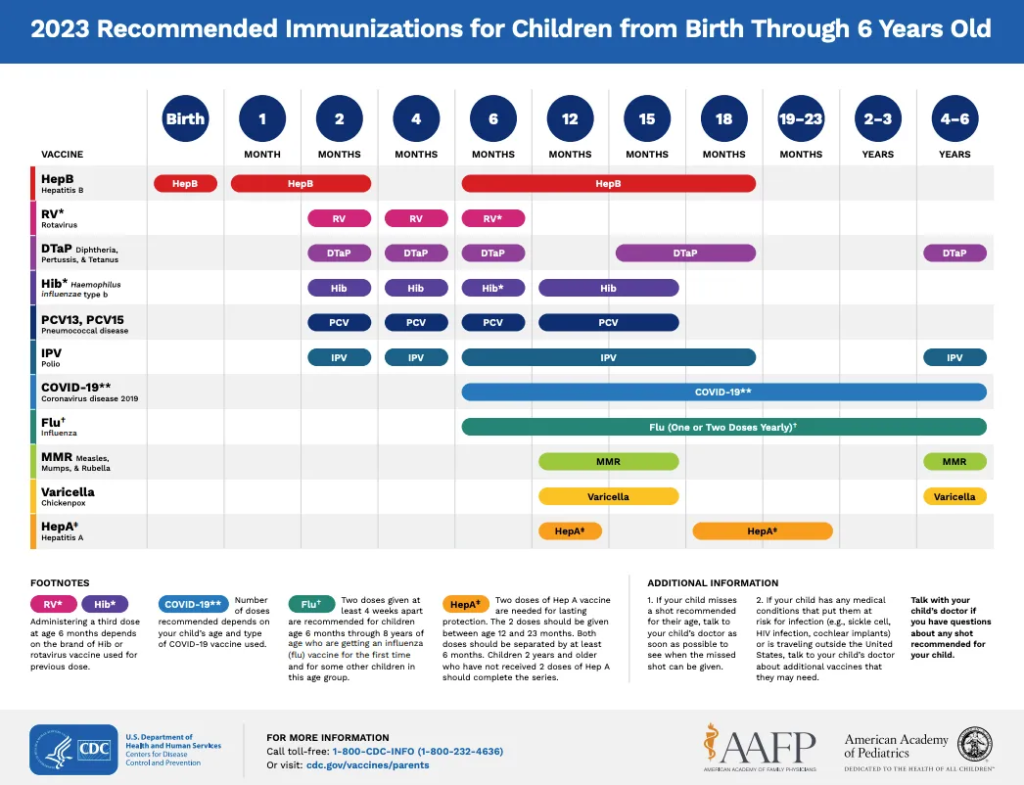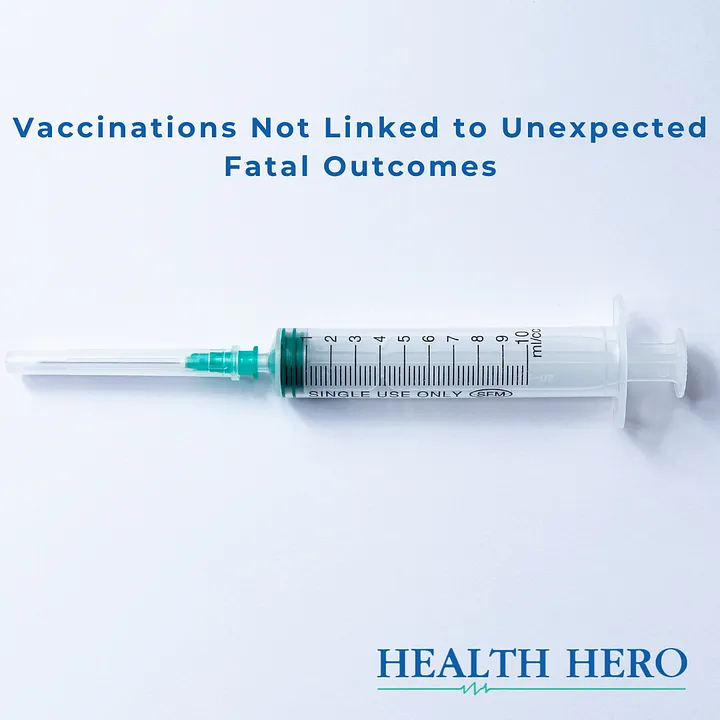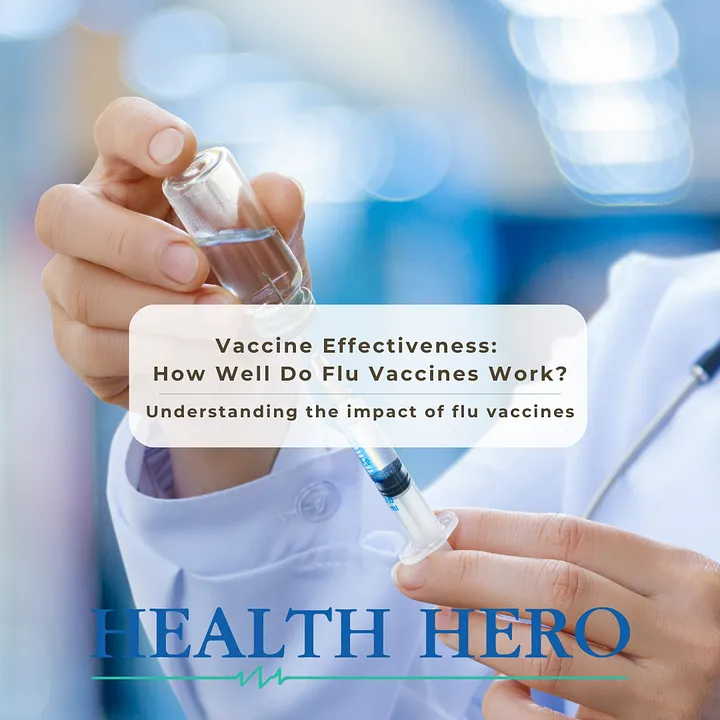Every year, millions of people contract the flu, making it one of the most contagious and dangerous illnesses around. While there is no cure for the flu virus, vaccines are a great way to help protect yourself and others against it. Vaccines work by stimulating your immune system to produce antibodies that can fight off the virus in the case of an infection.
In this blog post, we’ll explore how well vaccines work, their availability, and why they’re crucial for maintaining herd immunity. We’ll also look at vaccine rates in Tennessee and provide information on how to get vaccinated. Ultimately, we encourage everyone to get a flu shot yearly to protect themselves and their families from this dangerous illness.
Understanding the impact of flu vaccines
Every year, the flu virus affects millions worldwide and can cause serious complications. The best way to protect ourselves from these complications is by getting an annual flu vaccine. Flu vaccines are designed to reduce the risk of infection and help prevent severe complications from the flu, affecting up to 20% of people in the United States annually. As the virus strains change over time, it is essential to update the vaccine each year to provide maximum effectiveness against circulating strains.
The flu vaccine is available in various forms, including injections, nasal sprays, and intradermal injections. Vaccines can be administered to children as young as six months old, and it’s recommended that everyone over the age of 6 months should receive a flu vaccine each year. In addition to protecting oneself from getting sick with the flu virus, vaccinating helps protect others by creating herd immunity within communities when enough people are immunized against a disease.
When deciding whether or not to get a flu vaccine for yourself or your family members, there are several factors that you should consider. How effective is the vaccine? Is it safe? How long does it last? Are there any side effects? Answering these questions will help determine if a flu shot is right for you and your loved ones this season.
The science behind flu vaccines
The science behind flu vaccines is a complex but vital component of herd immunity. Vaccines introduce a weakened or dead version of the virus to the body, which triggers the production of antibodies that fight off future infections. Different types of vaccines work differently, with some stimulating an immune response to a weakened version of the virus while others use dead versions.
The effectiveness of a vaccine also depends on how well it was manufactured and stored before administration. Vaccines must be kept at an optimal temperature for them to remain effective and safe to use. It’s also important to note that immunity from vaccinations can wane over time and vary between individuals, so getting vaccinated early in the season is critical for maximum effectiveness.
Different types of flu vaccines have different levels of effectiveness depending on age, health status, and other factors like manufacturing processes and storage conditions. Inactivated influenza vaccines (IIVs) are generally more effective than live attenuated influenza vaccines (LAIVs). IIVs are created using killed forms of viruses, while LAIVs contain live but weakened forms. According to the Centers for Disease Control and Prevention (CDC), IIVs are typically 60–70% effective against all circulating influenza viruses among children aged six months through 8 years old during seasons when most circulating viruses match those included in the vaccine. For adults older than 18, effectiveness ranges from 40–60% when most circulating strains are similar to those in the vaccine composition.
No matter what type you choose, though, remember that vaccination is one of your best defenses against contracting or spreading influenza this season! Getting vaccinated every year is essential because new strains emerge each year, and immunities can fade over time — so make sure you get your annual flu shot!
Vaccine options and availability
Vaccine options and availability are essential factors to consider when deciding whether or not to get a flu vaccine. Different types of flu vaccines are available, each with its benefits and risks. Inactivated influenza vaccines (IIVs) are the most commonly used vaccine, but live attenuated influenza vaccines (LAIVs) may also be available in some cases. The age range for which a particular vaccine is recommended can vary by manufacturer, so it is essential to check which types of vaccines are suitable for your age group before getting vaccinated.
The availability of different types of flu vaccines may depend on location, as certain manufacturers produce specific types that may not be widely available in all areas. It is essential to research the availability of your preferred flu vaccine in your area before opting for vaccination. Some locations also provide free or discounted vaccinations depending on age and financial circumstances, so it is worth checking if this applies to you as well.
In addition to investigating the availability and type of flu vaccine best suited for you, it is also essential to consider any potential side effects or risks associated with each one. Some individuals may have an allergic reaction or other adverse effects from certain types of vaccines, so consulting a medical professional before getting vaccinated is advised. Furthermore, everyone over six months old must receive the most up-to-date version of the vaccine every year to ensure maximum effectiveness against influenza viruses currently circulating in the community.
By researching different types and availability of flu vaccines based on individual needs and preferences, readers can make an informed decision about whether or not they should get vaccinated each year with confidence. Knowing where to find reliable information about flu vaccination options will help readers stay up-to-date on the latest developments in this area and make sure they are doing all they can to protect themselves from contracting or spreading influenza viruses within their communities.
Protecting yourself and others with vaccination
Protecting yourself and others with vaccination is essential for maintaining herd immunity and reducing the spread of influenza. Vaccination each year is the best way to protect yourself from the flu, as the vaccine helps your body build up immunity to certain strains of the virus. It is also vital to stay up-to-date on your vaccinations, as immunity can become less effective over time.
In addition to getting vaccinated, other precautions can help reduce your risk of contracting or spreading influenza. Regular hand washing and avoiding close contact with sick people will reduce your chances of infection. Vaccinating vulnerable populations such as young children, pregnant women, and those with weakened immune systems is also essential in preventing outbreaks. By vaccinating these groups, we can help build herd immunity — meaning even those who cannot get vaccinated are protected by the immunization of those around them.
The need for seasonal flu vaccinations is critical this year due to COVID-19: a common cold or influenza infection could complicate efforts to slow down the spread of coronavirus. Getting a flu shot can help keep you from getting sick this season, and it will also help prevent hospitals from being overwhelmed by an influx of cases.
Ultimately, it’s important to remember that everyone should get their flu shot every year regardless of whether they think they’re at risk or not — it’s the only way we can truly protect ourselves and our communities from influenza viruses. So make sure you get your annual vaccine so you can stay safe throughout this upcoming season!
Exploring vaccine rates in the state of Tennessee
Tennessee is committed to providing high-quality, affordable health care to its citizens. This includes the state’s Get Your Shot campaign, which aims to improve flu vaccination rates and reduce the risk of influenza-related illnesses and deaths. In 2019, the Tennessee Department of Health launched this initiative to raise public awareness about the importance of getting a flu shot each year.
The campaign encourages everyone over six months old to get an annual flu vaccine, particularly those who are uninsured or underinsured. To further increase access to free vaccines, the program provides free vaccinations for children up to 18 years old through federally funded programs like Vaccines for Children (VFC) and other local providers.
In terms of results, Tennessee saw an impressive 2% increase in its flu vaccination rate from 2019–2020. With more people getting vaccinated each year, it’s becoming easier for herd immunity levels to be reached across the state. This is important because when enough people are vaccinated against a virus such as influenza, it can protect entire communities by reducing its spread from person to person.
Overall, Tennesseans should get a flu shot every year to protect themselves and their families from contracting or spreading influenza viruses. In addition, by increasing vaccination rates within the state, we can help bring us one step closer to achieving herd immunity — something that will significantly benefit all Tennesseans in the long run.
Sources: 1, 2
- According to the search results, the data on Tennessee’s flu vaccination rate came from the Tennessee Department of Health’s Immunization Status Survey for 2020
- The survey provides statewide statistics on immunization coverage rates in Tennessee and tracks progress toward achieving at least 90% on-time immunization with each routinely recommended vaccine before age two years. The survey also analyzes seasonal flu immunization rates, which are significantly lower than the Healthy People 2020 objective.
- The survey found that during the 2019–2020 flu season, proper flu vaccination of all people
- The survey reported that Tennessee saw an impressive 2% increase in its flu vaccination rate from 2019–2020.
- The increase in flu vaccination rates is a positive trend that makes it easier for herd immunity levels to be reached across the state.










